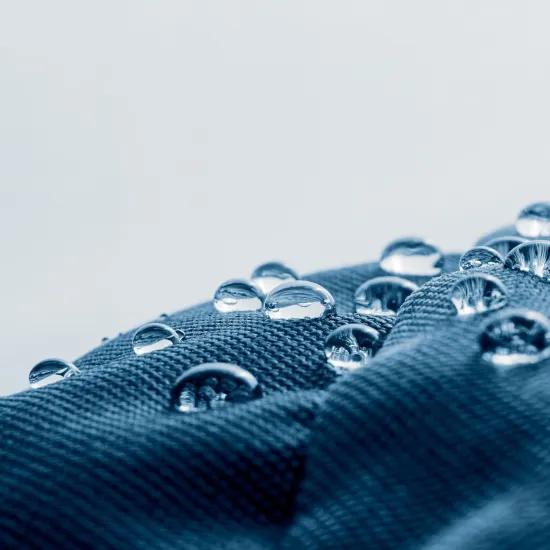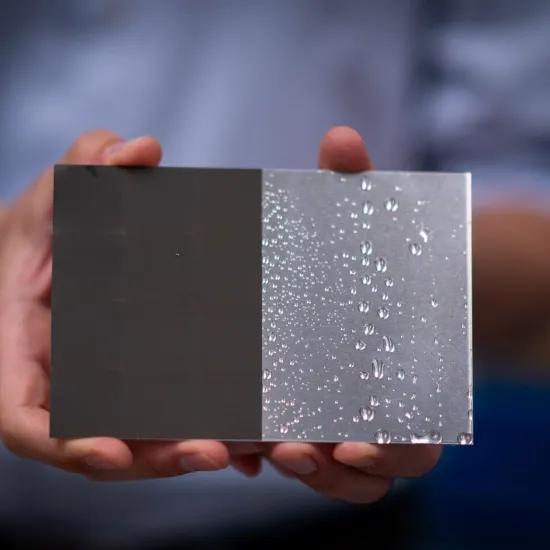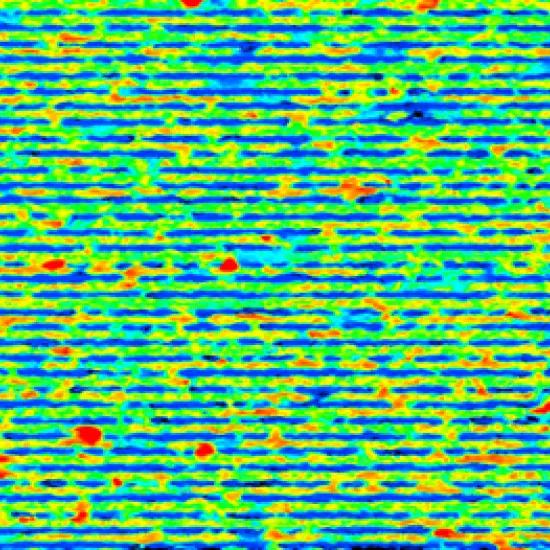Surface functionalities, including texturing, can help companies to efficiently add value to their products and become more competitive in their market. In a short blog series we will discuss the texturing of surfaces and the options that come with it.
Almost all manufacturing companies, in Belgium and abroad, are constantly trying to answer the following crucial question: "How can we efficiently produce products with a high added value that customers are willing to pay for?" The margin that we take here is the lifeblood of our businesses and is essential for further economic growth. Smarter production methods, as shown in our Factory of the Future programme, is what we have and will strongly continue to invest in.
More attractive, better products
However, another way to improve competitiveness is by producing more attractive and better products. Products with higher added value, with more functionality. These functionalities can be achieved by means of a smart geometric design, appropriate material choices, addition of intelligence and/or sensors, so-called ‘smart products’. One of the most important ways, which we want to highlight in this article, are functionalities, achieved by modifying surfaces. The majority of user interactions with a product or component take place via the surface. Therefore, the properties of the surface are essential to determine the extent to which the product can achieve its objective.
Surface functionalities can roughly be achieved in three different ways:
- By selecting a correct base material which meets both the mechanical and physical requirements of a piece and which are also imposed on the surface.
- By using a thin second layer of material on the surface, a coating, to use those properties for the surface.
- By applying a structure to the surface that adds functionality to the piece.
The choice for one of the three depends on a combination of factors such as price, technical possibilities and/or desirability.
Don’t know what to choose? Find inspiration!
We will start a short series of blogs in which we will discuss textures (structures) on surfaces and their possibilities. In nature, there are many examples of successful textures that can achieve extreme properties. Just think of the jumping drop on a lotus leaf, the adhesive properties of gecko feet or the optical properties due to diffraction in beetles. Textures therefore have a huge potential, but the technologies to apply those and the design methodology for a particular application are not always clear. We will inform you about this in the coming weeks.
(Picture © Vyacheslav Moroz | Dreamstime.com)




